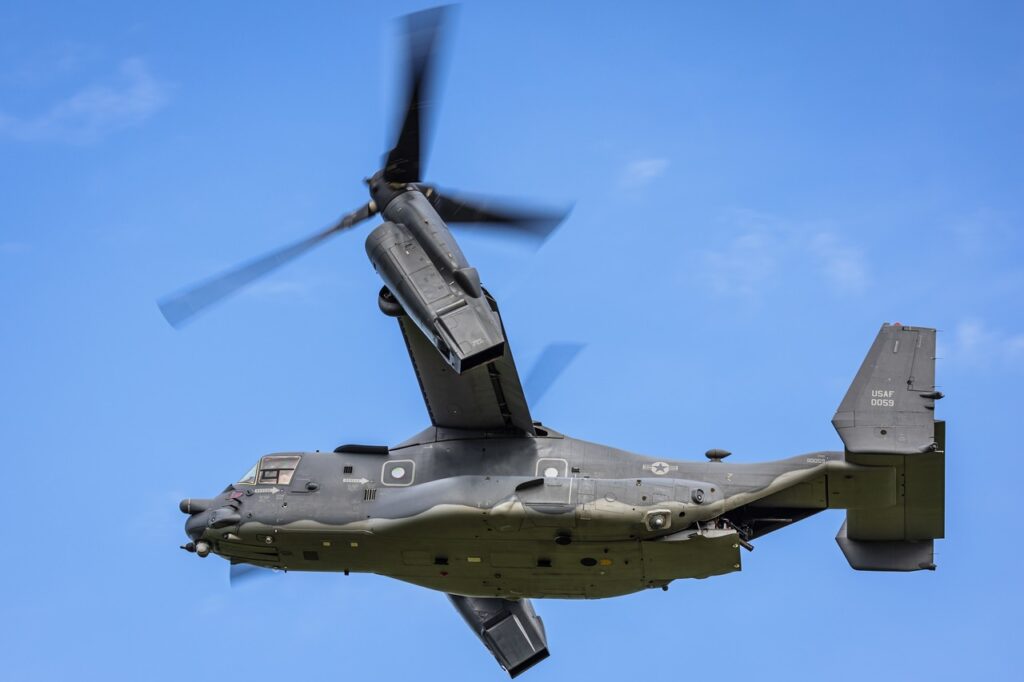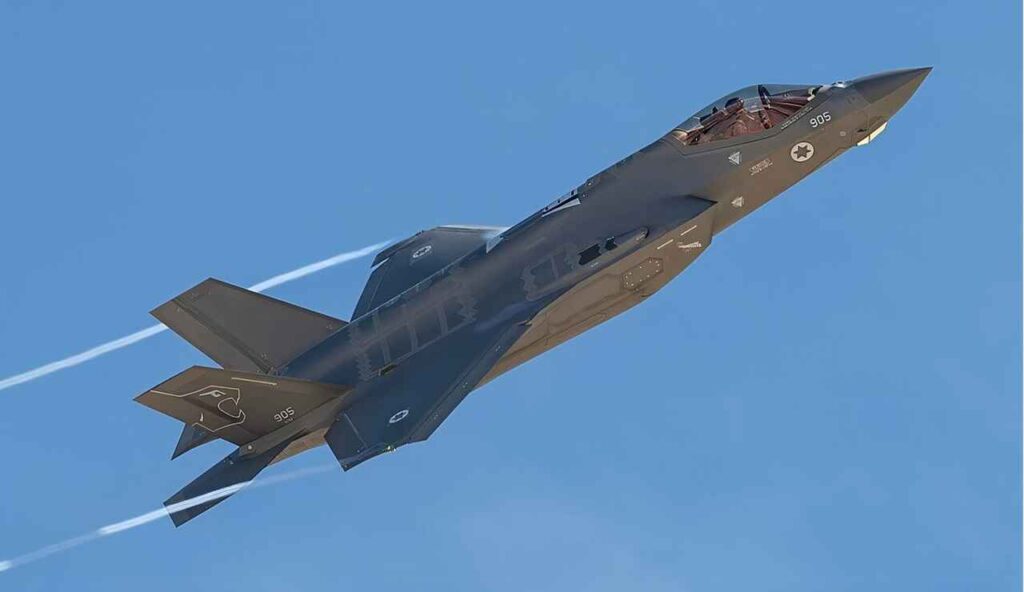
Israel’s Galil Rifle Wasn’t Perfect (But It Was A Killer)
Here’s What You Need To Remember: The Israeli Galil was adopted in 1972 and soldiered on for nearly three decades, through the Yom Kippur War, the 1982 invasion of Lebanon and anti-terrorism actions through the 1990s. The Galil experienced limited export success, with the most visible (and controversial) sale to Apartheid-era South Africa.
The 1967 Six Day War provided many military lessons for the young state of Israel. One of many lessons was that the Israeli Army’s FN FAL battle rifles were too heavy and unwieldy. Israel needed a new assault rifle, and as a result, developed the Galil. Largely based on the Soviet AK-47, the Galil served as the service rifle of the Israeli Defense Forces (IDF) for nearly three decades.
In the wake of the 1967 war, Israel decided it needed a new assault rifle. The standard issue rifle of the Israeli Army, the Belgian FN FAL, was a large, heavy battle rifle chambered in 7.62. The FAL was equipped with a fixed stock and twenty-round magazines, making it a large, powerful weapon not well suited for urban combat. Both the United States and the Soviet Union had evolved past the battle rifle concept to field smaller, lighter rifles firing intermediate-powered cartridges, and Israel had captured thousands of AK-47s from Arab forces during the war. Lacking a major arms industry but wanting its own homemade assault rifle, Israel took a compromise route: it copied the AK-47.
Development of the Galil started after the Six Day War. The Galil uses the same piston-based method of operation as the AK-47, a rotating-bolt operating system that diverts propellant gasses to drive a combined piston/bolt carrier that cycles the weapon. The Galil looks like the AK-47, but individual parts are not compatible. The Galil is more directly related to Finland’s Valmet M62 assault rifle, Helsinki’s take on the AK, and early versions of the Galil even used Finnish receivers.
The Galil is capable of both semi-automatic and fully automatic rates of fire, the latter at up to 650 rounds per minute. The Galil AR, the main version of the Galil platform, weighs 8.7 pounds. It has an overall length of 29.2 inches with stock folded, and 38.6 inches with stock fully extended. The 18.5-inch barrel has a 1-in-12 inch right-handed rifling twist matched to the U.S. M193 5.56-millimeter round. The weapon used fixed Tritium night sights that allowed faster target acquisition at night and during low light conditions, effective night firing.
The Galil was a box magazine-fed weapon. It could not use M16 magazines, despite the existence of M16A1s in Israeli service and the sharing of a common caliber and round. The Galil used proprietary 35-round magazines, holding five more rounds than AK-47 or M16A1 30-round magazines.
Israeli Military Industries developed a number of Galil variants. The Galil ARM was meant to function as either an assault rifle or squad automatic weapon, and featured a built-in bipod and carrying handle. The SAR carbine featured a shorter 13.5-inch barrel and was just twenty-four inches long with the stock folded. A 5.56-millimeter Marksman’s Assault Rifle featured a 1-in-7 inch rifling twist to complement the newer NATO SS109 round. It also featured a chrome-lined barrel. Like the AK-series rifles, the optical sight is attached to the left side of the receiver. An even heavier Galil in 7.62-millimeter was the standard sniper rifle for the IDF. The Galil sniper rifle featured a 6x sight, two-stage trigger, combined muzzle brake and flash hider, and a suppressor.
One problem with the Galil was its exceptional weight. A Galil AR rifle weighed 8.7 pounds, or two more pounds than an AK-47 and 1.7 pounds more than an M4 carbine. The use of steel in many parts of the rifle, particularly the folding stock is responsible for the relatively high weight. While the weight increase helped with recoil reduction while firing fully automatic, Israel could have clearly had a lighter weapon had it chosen to use aluminum alloys instead of steel.
The Israeli Galil was adopted in 1972 and soldiered on for nearly three decades, through the Yom Kippur War, the 1982 invasion of Lebanon and anti-terrorism actions through the 1990s. The Galil experienced limited export success, with the most visible (and controversial) sale to Apartheid-era South Africa. Israel’s experience with the Galil gave it valuable experience in the field of small arms and the assault rifle was superseded by the Tavor bullpup assault rifle in 2001. Although the Galil may be out of service today, the rifle helped create what is today a small arms industry all out of proportion to tiny Israel’s size.
Kyle Mizokami is a defense and national-security writer based in San Francisco who has appeared in the Diplomat, Foreign Policy, War is Boring and the Daily Beast. In 2009 he co-founded the defense and security blog Japan Security Watch. You can follow him on Twitter: @KyleMizokami. This piece was first featured in December 2018 and is being republished due to reader’s interest.
Media: Wikipedia


